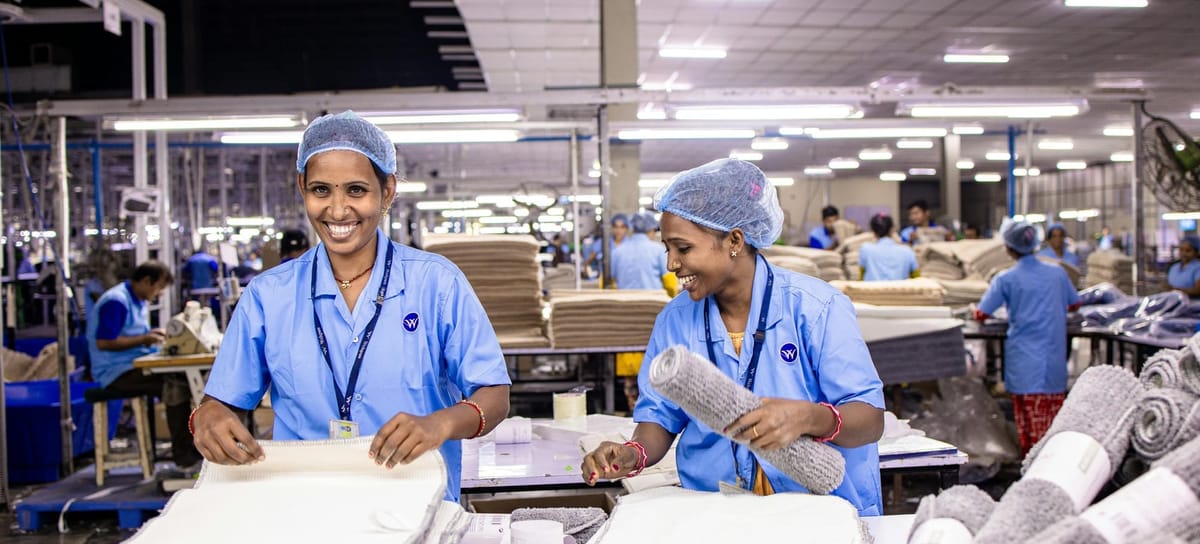Addressing Mental Health Disparities in Marginalized Indian Communities

The silent burden of mental health struggles weighs heavily across India's marginalized communities. Behind traditional beliefs and cultural taboos lies a complex reality where emotional suffering often goes unrecognized and untreated. It's not just about lacking services, it's about navigating centuries of stigma, cultural barriers, and systemic neglect that create profound mental health disparities in India.
The journey to mental wellness in India looks different when supernatural beliefs explain suffering when poverty makes treatment impossible, or when no one speaks your language in the therapy room. Addressing these disparities requires more than clinical solutions, it demands understanding unique cultural contexts and creating spaces where healing honours both tradition and human dignity.
Unique cultural and societal barriers
Traditional beliefs and stigma
In many marginalized Indian communities, mental health issues are often attributed to supernatural causes, karma, or character weakness rather than recognized as medical conditions. This deep-rooted mental health stigma in India prevents individuals from seeking help, with families sometimes hiding affected members to avoid community ostracism. Mental illness may be viewed as bringing "shame" to the family name, creating cycles of silence and suffering that persist across generations.
Language Barriers
The vast linguistic diversity of India creates significant challenges when mental health resources are primarily available in dominant languages like English and Hindi. For Adivasi communities with distinct tribal languages or Dalit populations who may speak regional dialects, expressing complex emotional states to providers who don't understand their language can be impossible, leading to misdiagnosis or abandonment of treatment.
Economic Constraints
With higher rates of poverty among marginalized communities, the financial burden of mental healthcare becomes prohibitive. Many cannot afford transportation to facilities, medication costs, or lost wages from taking time off work for appointments. Without insurance coverage, mental health treatment becomes a luxury rather than an essential service.
Geographic Isolation
Remote rural areas where many marginalized communities reside often lack any mental health infrastructure in India. The concentration of psychiatrists and psychologists in urban centres creates vast "care deserts" in tribal regions and areas with high populations of marginalized groups.
Lack of Culturally Competent Care
Even when care is physically accessible, providers frequently lack an understanding of the specific cultural contexts and historical traumas affecting marginalized communities. This cultural disconnect leads to inappropriate treatment approaches and further alienation from the healthcare system, widening mental health disparities in India.
Practical, culturally sensitive solutions
Community-based mental health initiatives
Successful community-based programs like the VISHRAM (Vidarbha Stress and Health Program) model demonstrate the effectiveness of utilizing local resources. By training community health workers from within marginalized populations, these initiatives create trusted access points for mental health support in India.
Village-level awareness meetings and support groups provide safe spaces where community members can discuss mental health concerns without fear of judgment, gradually dismantling stigma through familiar faces and voices.
Integration of traditional healing with modern approaches
Acknowledging the significance of traditional healing practices in many marginalized communities in India opens pathways to acceptance. Programs that respectfully incorporate spiritual leaders, faith healers, and traditional remedies alongside evidence-based psychological interventions have shown promising results.
This collaborative approach honours cultural beliefs while ensuring access to effective treatment methods, creating a bridge between traditional worldviews and modern mental healthcare in India.
Training programs for healthcare workers
Developing specialized training for individuals from marginalized communities addresses both representation and cultural competency gaps. When healthcare providers share similar backgrounds with patients, communication improves and trust develops more readily.
Programs like the District Mental Health Programme can be enhanced through targeted recruitment and specialized culturally sensitive mental healthcare training, ensuring providers understand the unique contexts of different marginalized groups.
Digital mental health resources
Customized digital solutions, including multilingual apps and telehealth services in regional languages, can reach remote communities where physical infrastructure is lacking. Voice-based mental health screening tools designed for low literacy populations and culturally adapted self-help content reflecting local contexts and experiences make mental health care accessibility more achievable and relatable.
Policy recommendations
Implementing mental health parity in insurance coverage, integrating mental health services into primary healthcare, and establishing dedicated funding streams for programs targeting marginalized communities are essential policy changes to address mental health disparities in India.
Creating incentives for mental health professionals to work in underserved areas and mandating cultural competency training in medical education will help build a more inclusive mental healthcare system that promotes mental wellness in India.
FAQs
How does mental health stigma differ across different marginalized communities?
Mental health stigma in India varies significantly across marginalized groups: Dalit communities often view distress through historical caste oppression; Adivasi communities interpret mental health within spiritual frameworks; religious minorities fear exposing themselves to further discrimination by seeking outside help; and urban migrants worry that acknowledging mental health needs might threaten their precarious living situations.
These differences highlight why community-specific approaches to reducing stigma are essential for improving mental wellness in India.
What are the unique mental health challenges faced by women in marginalized communities?
Women in marginalized Indian communities face distinct mental health challenges due to their doubly disadvantaged position. They experience higher rates of gender-based violence and exploitation while having limited decision-making power over seeking treatment. Economic dependence on male family members restricts their ability to access care independently.
Cultural expectations require them to prioritize family needs above personal wellbeing, leading to neglected mental health issues. Reproductive and maternal mental health concerns are often dismissed due to taboos around women's health discussions. Many endure chronic stress from balancing domestic responsibilities with income generation, while lacking support systems that understand their unique social context, further exacerbating mental health disparities in India.
